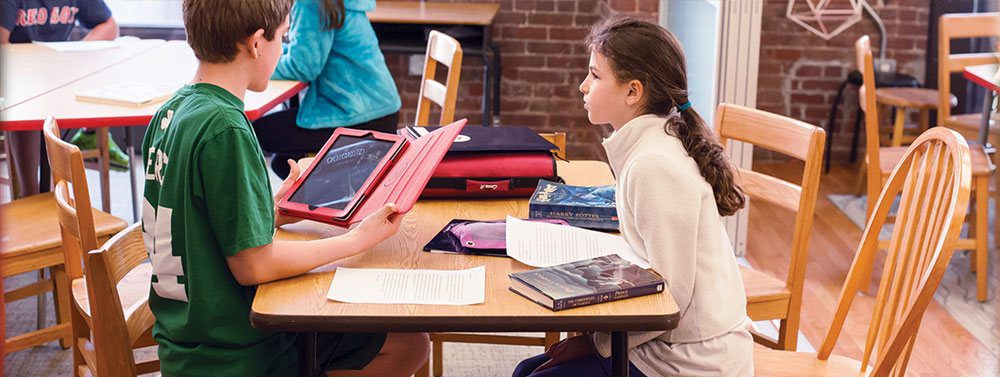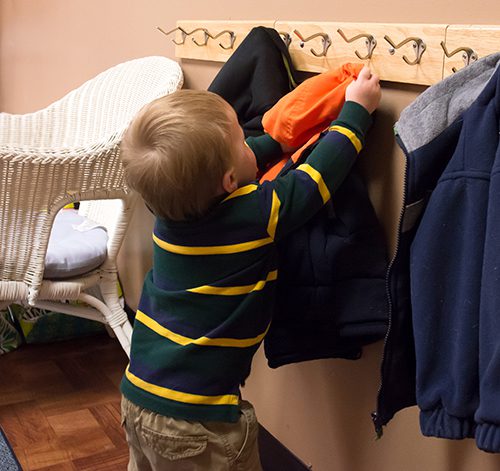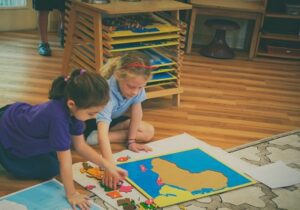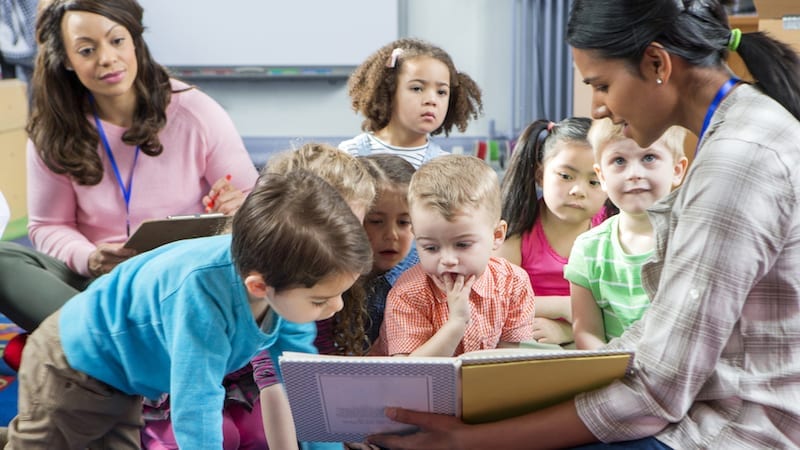
Why do most
Montessori schools
ask young children
to attend five days
a week?
Two- and three-day programs are often attractive to parents who do not need full-time care; however, five-day programs create the consistency that is so important to young children and which is essential in developing strong Montessori programs. Since the primary goal of Montessori involves creating a culture of consistency, order, and empowerment, most Montessori schools will expect children to attend five days a week.
Why do Montessori classes group
different age levels together?
Sometimes parents worry that by having younger children in the same class as older ones, one group or the other will be shortchanged. They fear that the younger children will absorb the teachers time and attention, or that the importance of covering the kindergarten curriculum for the …
Read More
At each level, Montessori programs are designed to address the developmental characteristics normal to children in that stage.
Montessori classes are organized to encompass a two- or three-year age span, which allows younger students the stimulation of older children, who in turn benefit from serving as role models. Each child learns at her own pace and will be ready for any given lesson in her own time, not on the teacher?s schedule of lessons. In a mixed-age class, children can always find peers who are working at their current level.
Children normally stay in the same class for three years. With two-thirds of the class normally returning each year, the classroom culture tends to remain quite stable.
Working in one class for two or three years allows students to develop a strong sense of community with their classmates and teachers. The age range also allows especially gifted children the stimulation of intellectual peers, without requiring that they skip a grade or feel emotionally out of place.
Why do most Montessori schools
want children to enter at age three?
Dr. Montessori identified four “planes of development,” with each stage having its own developmental characteristics and developmental challenges. The Early Childhood Montessori environment for children age three to six is designed to work with the ‘absorbent mind,’ sensitive periods,” and the tendencies of children at this stage of their development.
Learning that takes place during these years comes spontaneously without effort, leading children to enter the elementary classes with a clear, concrete sense of many abstract concepts. Montessori helps children to become self-motivated, self-disciplined, and to retain the sense of curiosity that so many children lose along the way in traditional classrooms. They tend to act with care and respect toward their environment and each other. They are able to work at their own pace and ability. The three-year Montessori experience tends to nurture a joy of learning that prepares them for further challenges.
Read More
Older children entering Montessori may do quite well in this very different setting, but this will depend to a large degree on their personality, previous educational experiences, and the way they have been raised at home.
Montessori programs can usually accept a few older children into an established class, so long as the family understands and accepts that some critical opportunities may have been missed, and these children may not reach the same levels of achievement seen in the other children of that age. On the other hand, because of the individualized pace of learning in Montessori classrooms, this will not normally be a concern.
Why do
Montessori
classes tend to
be larger than
those found in
many other
schools?
Many schools take pride in having very small classes, and parents often wonder why Montessori classes are so much larger. Montessori classes commonly group together twenty-five to thirty children covering a three-year age span.
Read More
But the best teacher of a three-year-old is often another somewhat older child. This process is good for both the tutor and the younger child. In this situation, the teacher is not the primary focus. The larger group size puts the focus less on the adult and encourages children to learn from each other.
By consciously bringing children together in larger multi-age class groups, in which two-thirds of the children normally return each year, the school environment promotes continuity and the development of a fairly stable community.
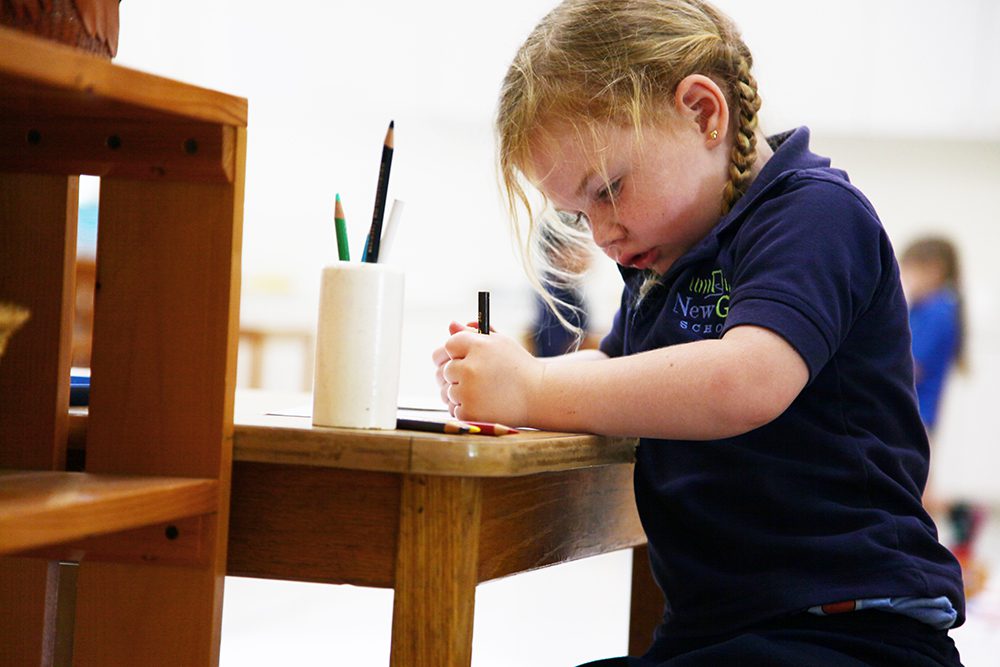
How can Montessori teachers
meet the needs of so many
different children?
Great teachers help learners get to the point where their minds and hearts are open, leaving them ready to learn. In effective schools, students are not so much motivated by getting good grades as they are by a basic love of learning. As parents know their own children?s learning styles and temperaments, teachers, too, develop this sense of each child?s uniqueness by spending a number of years with the students and their parents.
Read More
Traditionally, teachers have told us that they ?teach students the basic facts and skills that they will need to succeed in the world.? Studies show that in many classrooms, a substantial portion of the day is spent on discipline and classroom management.
Normally, Montessori teachers will not spend much time teaching lessons to the whole class. Their primary role is to prepare and maintain the physical, intellectual, and social/emotional environment within which the children will work. A key aspect of this is the selection of intriguing and developmentally appropriate learning activities to meet the needs and interests of each child in the class.
Montessori teachers usually present lessons to small groups of children at one time and limit lessons to brief and very clear presentations. The goal is to give the children just enough to capture their attention and spark their interest, intriguing them enough that they will come back on their own to work with the learning materials.
Montessori teachers closely monitor their students? progress. Because they normally work with each child for two or three years, they get to know their students? strengths and weaknesses, interests, and personalities extremely well. Montessori teachers often use the children?s interests to enrich the curriculum and provide alternate avenues for accomplishment and success.
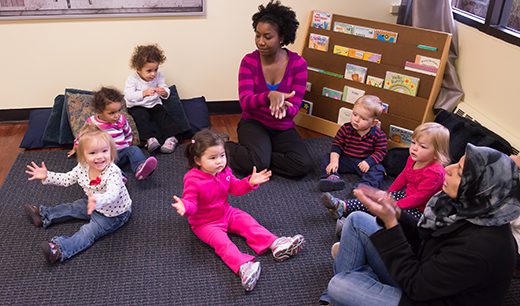
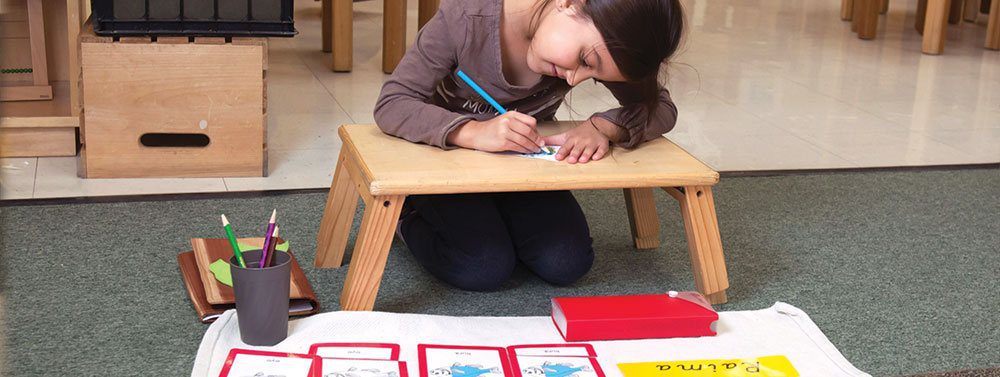
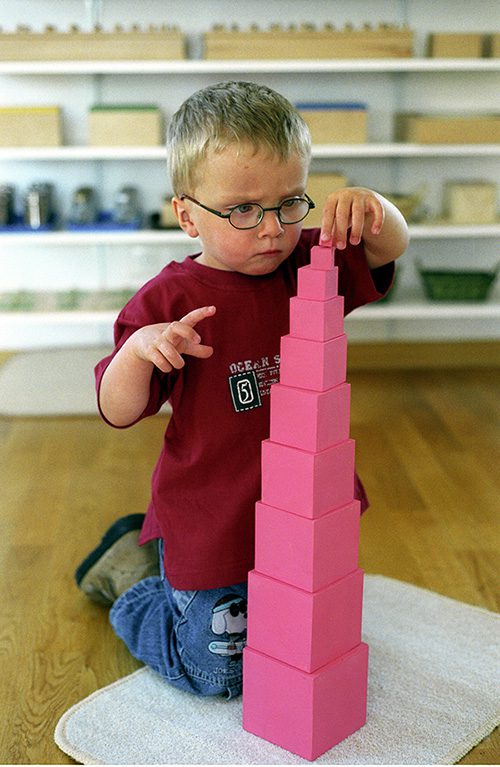
Why is
a Montessori
classroom
called a
‘Children’s House?’
Dr. Montessori?s focus on the “whole child” led her to develop a very different sort of school from the traditional teacher-centered classroom. To emphasize this difference, she named her first school the “Casa dei Bambini” or the “Children’s House?”
Read More
In a very real sense, even very small children are responsible for the care of their own child-sized environment. When they are hungry, they prepare their own snacks and drinks. They go to the bathroom without assistance. When something spills, they help each other carefully clean up.
Five generations of parents have been amazed to see small children in Montessori classrooms cut raw fruits and vegetables, sweep and dust, carry pitchers of water and pour liquids with barely a drop spilled. The children normally go about their work so calmly and purposely that it is clear to even the casual observer that they are the masters in this place: The “Children?s House.”
Help, my Montessori school wants to
“normalize” my child!!!
Not long ago, a mother wrote: My daughter attends a Montessori school. She loves school and tells me about all the wonderful things she does. I just have one question, could someone please explain the term Normalization?
Normalization is a term that causes a great deal of confusion and some concern among many new Montessori parents. Normalization is a terrible choice of words. It suggests that we are going to help children who are not normal to become “normal.” This is not what Dr. Montessori meant to suggest at all. Normalization is just Montessori-talk that describes the process that takes place every year in tens and tens of thousands of Montessori classrooms around the world, in which young children, who typically have a short attention span, learn to focus their intelligence, concentrate their energies for long periods, and take tremendous satisfaction from their work.
Read More
In his book, Maria Montessori: Her Life and Work, E.M. Standing described the following characteristics of normalization in the child between the age of three and six:
- A love of order
- A love of work
- Profound spontaneous concentration
- Attachment to reality
- Love of silence and of working alone
- Sublimation of the possessive instinct
- Obedience
- Independence and initiative
- Spontaneous self-discipline
- Joy
- The power to act from real choice and not just from idle curiosity
Ours was a house for children, rather than a real school. We had prepared a place for children where a diffused culture could be assimilated, without any need for direct instruction…Yet these children learned to read and write before they were five, and no one had given them any lessons. At that time it seemed miraculous that children of four and a half should be able to write, and that they should have learned without the feeling of having been taught.
We puzzled over it for a long time. Only after repeated experiments did we conclude with certainty that all children are endowed with this capacity to ‘absorb’ culture. If this were true – we then argued – if culture can be acquired without effort, let us provide the children with other elements of culture. And then we saw them ‘absorb’ far more than reading and writing: botany, zoology, mathematics, geography, and all with the same ease, spontaneously and without getting tired.
And so we discovered that education is not something, which the teacher does, but that it is a natural process, which develops spontaneously in the human being. It is not acquired by listening to words, but in virtue of experiences in which the child acts on his environment. The teacher’s task is not to talk, but to prepare and arrange a series of motives for cultural activity in a special environment made for the child.
My experiments, conducted in many different countries, have now been going on for forty years (ed. now ninety-two years), and as the children grew up parents kept asking me to extend my methods to the later ages. We then found that individual activity is the one factor that stimulates and produces development, and that this is not truer for the little ones of preschool age than it is for the junior, middle, and upper school children.” – Maria Montessori, The Absorbent Mind, 1947
Kay Futrell in her classic little book, The Normalized Child, describes Dr. Montessori?s amazement when the 60 frighten and ill disciplined inner city children of her first Children?s House began to respond to the new environment.
?What followed seemed incredible even to Dr. Montessori, for the deprived children blossomed under this freedom and the possibility of doing work suited to their needs. They revealed to her not only their enormous capacity for intellectual accomplishment but a strange character of sweetness and serenity. They displayed a truly uncorrupted spirit, scorning rewards and punishment, and finding their joy in the prodigious work which involved them. They came from these labors refreshed, as from a creative experience, and as they worked, they grew in inner discipline and peace.
The sight of these children who displayed the truly ‘normal’ characteristics of childhood was the force which motivated Montessori for the remainder of her life. This secret of childhood she pursued with all the vitality of the genius who found her ‘raison d’etre,’ and from her tireless observations and efforts, evolved her perception of the child?s psychic personality.
As she traveled from country to country, lecturing, training teachers, helping to establish school after school, this same phenomenon was observed wherever conditions promoting its growth were perfectly realized.
This normalized child is the image which Montessori teachers keep uppermost in their minds. This is what we are striving for, what we hope will achieve. However, this child will only appear only if we conscientiously prepare ourselves and our classrooms and if we can build on the proper preparation in the child?s home.?
Normalization is another word for what we call Montessori?s Joyful Scholars.

Join the Montessori Family Alliance
Is Montessori
right for all children?
The Montessori system has been used successfully with children from all socioeconomic levels, representing those in regular classes as well as the gifted, children with developmental delays, and children with emotional and physical disabilities.
There is no one school that is right for all children, and certainly, there are children who may do better in a smaller classroom setting with a more teacher-directed program that offers fewer choices and more consistent external structure.
Children who are easily overstimulated, or those who tend to be overly aggressive, may be examples of children who might not adapt as easily to a Montessori program.
Each situation is different, and it is best to work with the schools in your area to see if it appears that a particular child and school would be a good match.
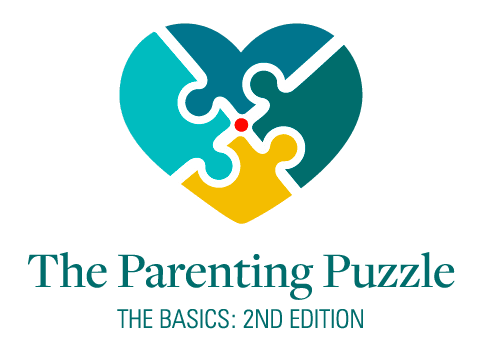
Learn How to Bring
Montessori into the
Home with Our Online
Workshop:
The Parenting Puzzle.
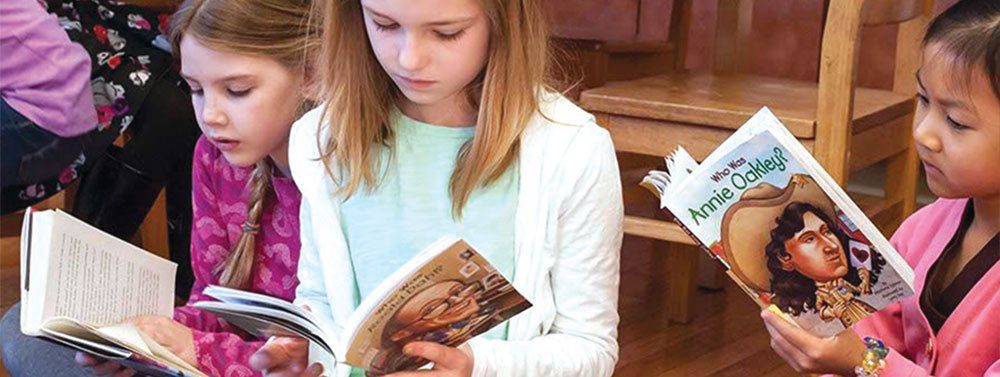

Is Montessori opposed to homework?
Most Montessori schools do not assign homework to children below the elementary level.
When it is assigned to older children, it rarely involves page after page of busy work; instead, the children are given meaningful, interesting assignments that expand on the topics that they are pursuing in class. Many assignments invite parents and children to work together.
When possible, teachers will normally build in opportunities for children to choose among several alternative assignments. Sometimes, teachers will prepare individually negotiated weekly assignments with each student.
Is Montessori unstructured?
At first, Montessori may look unstructured to some people, but it is actually quite structured at every level.
Read More
Just because the Montessori program is highly individualized does not mean that students can do whatever they want. Like all children, Montessori students live within a cultural context that involves the mastery of skills and knowledge that are considered essential.
Montessori teaches all of the ?basics,? along with giving students the opportunity to investigate and learn subjects that are of particular interest. It also allows them the ability to set their own schedule to a large degree during class time.
At the early childhood level, external structure is limited to clear-cut ground rules and correct procedures that provide guidelines and structure for three- and four-year-olds. By age five, most schools introduce some sort of formal system to help students keep track of what they have accomplished and what they still need to complete.
Elementary Montessori children normally work with a written study plan for the day or week. It lists the tasks that they need to complete, while allowing them to decide how long to spend on each and what order they would like to follow. Beyond these basic, individually tailored assignments, children explore topics that capture their interest and imagination and share them with their classmates.
Are there any tests in Montessori programs?
Montessori teachers carefully observe their students at work. They give their students informal, individual oral exams …
Read More
Standardized Tests: Very few Montessori schools test children under the first or second grades; however, most Montessori schools regularly give elementary students quizzes on the concepts and skills that they have been studying. Many schools have their older students take annual standardized tests.
While Montessori students tend to score very well, Montessori educators are deeply concerned that many standardized tests are inaccurate, misleading, and stressful for children. Good teachers, who work with the same children for three years and carefully observe their work, know far more about their progress than any paper-and-pencil or online standardized test can reveal.
The ultimate problem with standardized tests is that they have often been misunderstood, misinterpreted, and poorly used to pressure teachers and students to perform at higher standards. Although standardized tests may not offer a terribly accurate measure of a child?s basic skills and knowledge, in most countries test-taking skills are just another Practical Life lesson that children need to master.
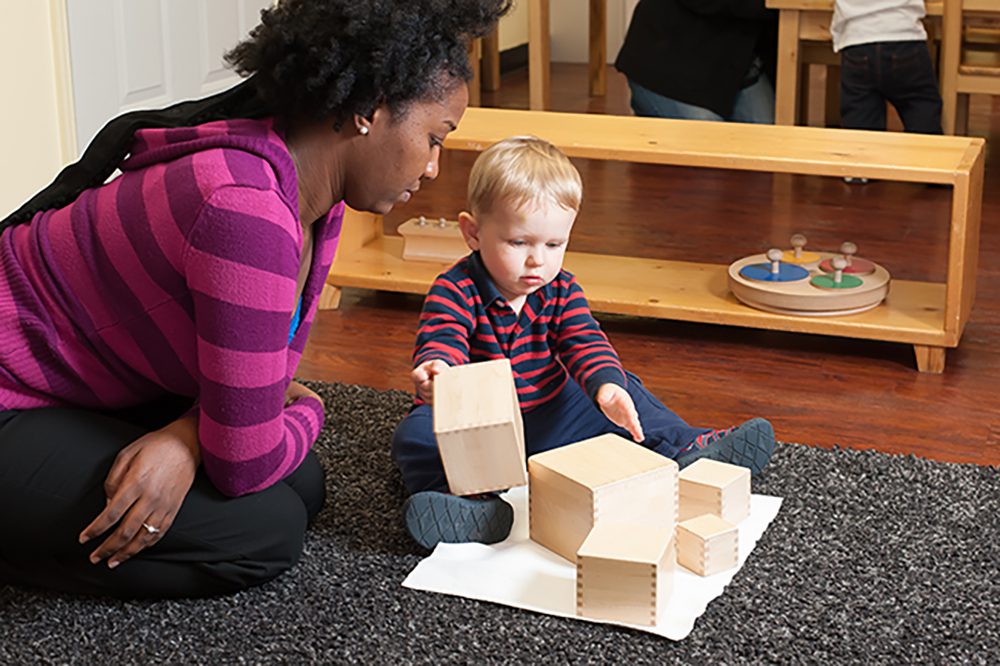
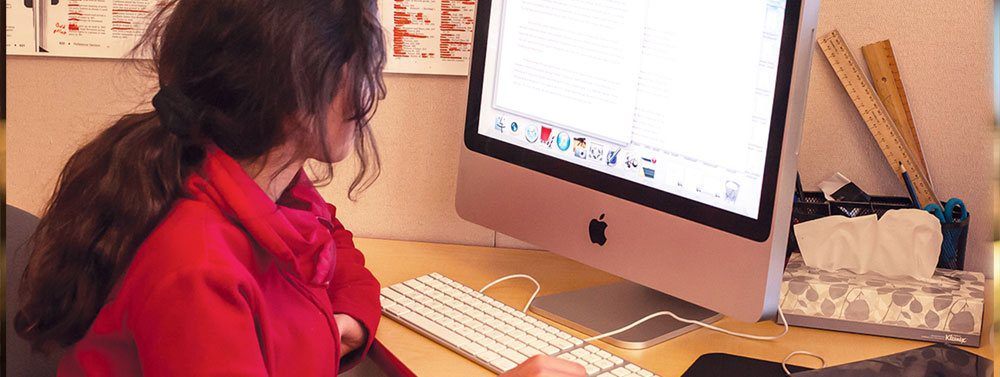
How do Montessori schools report student progress?
Because Montessori believes in individually paced academic progress, most schools do not assign letter grades or rank students within each class according to their achievement. Student progress, however is measured in different ways, which may include:
Read More
Portfolios of Student Work: In many Montessori schools, two or three times a year, teachers (and at the elementary level, students) and parents go through the students? completed work and make selections for their portfolios.
Student/Parent/Teacher Conferences: Once the students? three-month self-evaluations are complete, parents, students, and teachers will hold a family conference two or three times a year to review their children?s portfolios and self-evaluations and go through the teachers? assessment of their children?s progress.
Online Montessori Record Keeping: Over recent years, online record keeping software has simplified the process of recording student progress as Montessori teachers give lessons and observe their progress. Our favorite is MontessoriCompass, which was developed with the collaboration of the Montessori Foundation (www.montessoricompass.com) It provides a record keeping, parent communication, observation recording, and progress report system used by Montessori schools around the world.
Narrative Progress Reports: In many Montessori schools, once or twice a year, teachers prepare a written narrative report discussing each student?s work, social development, and mastery of fundamental skills.
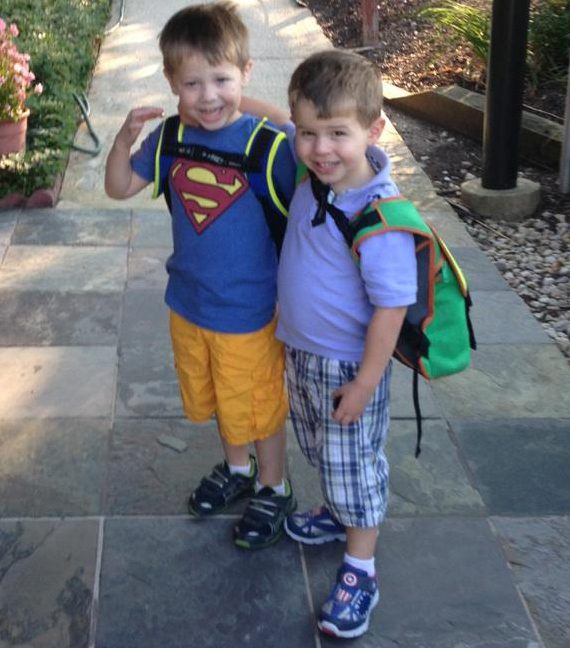
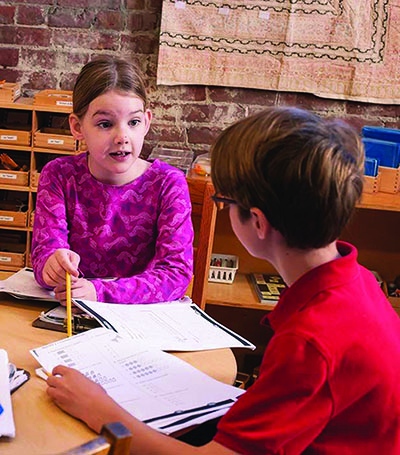
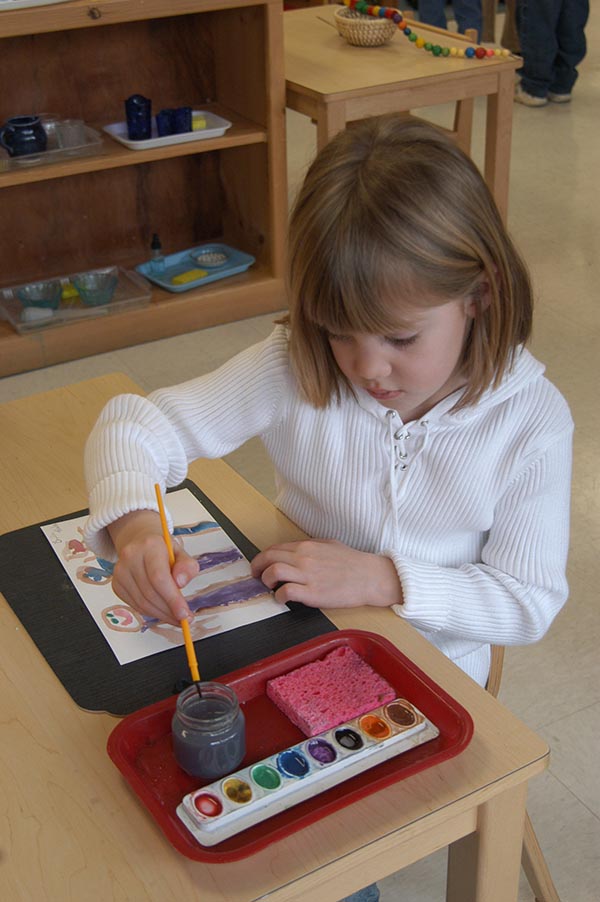
Will my child be
able to adjust to
traditional public
or private schools
after Montessori?
By the end of age five, Montessori children are normally curious, self-confident learners who look forward to going to school. They are normally engaged, enthusiastic learners who honestly want to learn and who ask excellent questions.
Read More
It is not hard to imagine an independent Montessori child asking his new teacher, “But why do I have to ask each time I need to use the bathroom?” or, “Why do I have to stop my work right now??”We also have to remember that children are different. One child may be very sensitive or have special needs that might not be met well in a teacher-centered traditional classroom. Other children can succeed in any type of school.
There is nothing inherent in Montessori that causes children to have a hard time if they are transferred to traditional schools. Some will be bored. Others may not understand why everyone in the class has to do the same thing at the same time. But most adapt to their new setting fairly quickly, making new friends, and succeeding within the definition of success understood in their new school.
There will naturally be trade-offs if a Montessori child transfers to a traditional school. The curriculum in Montessori schools is often more enriched than that taught in other schools in the United States. The values and attitudes of the children and teachers may also be quite different. Learning will often be focused more on adult-assigned tasks done more by rote than with enthusiasm and understanding.
There is an old saying that if something is working, don?t fix it. This leads many families to continue their children in Montessori at least through the sixth grade. As more Montessori High Schools are opened in the United States and abroad, it is likely that this trend will continue.
Is Montessori
opposed to
competition?
Montessori is not opposed to competition; Dr. Montessori simply observed that competition is an ineffective tool to motivate children to learn and to work hard in school.
Read More
In Montessori schools, students learn to collaborate with each other rather than mindlessly compete. Students discover their own innate abilities and develop a strong sense of independence, self-confidence, and self-discipline. In an atmosphere in which children learn at their own pace and compete only against themselves, they learn not to be afraid of making mistakes. They quickly find that few things in life come easily, and they can try again without fear of embarrassment. Dr. Montessori argued that for an education to touch children?s hearts and minds profoundly, students must be learning because they are curious and interested, not simply to earn the highest grade in the class.
Montessori children compete with each other every day, both in class and on the playground. Dr. Montessori, herself an extraordinary student and a very high achiever, was never opposed to competition on principle. Her objection was to using competition to create an artificial motivation to get students to achieve.
Montessori schools allow competition to evolve naturally among children, without adult interference unless the children begin to show poor sportsmanship. The key is the child’s voluntary decision to compete rather than having it imposed on him by the school.
Is Montessori
opposed to
fantasy and
creativity?
Fantasy and creativity are important aspects of a Montessori child’s experience. Montessori classrooms incorporate art, music, dance, and creative drama throughout the curriculum. Imagination plays a central role, as children explore how the natural world works, visualize other cultures and ancient civilizations, and search for creative solutions to real-life problems. In Montessori schools, the Arts are normally integrated into the rest of the curriculum.
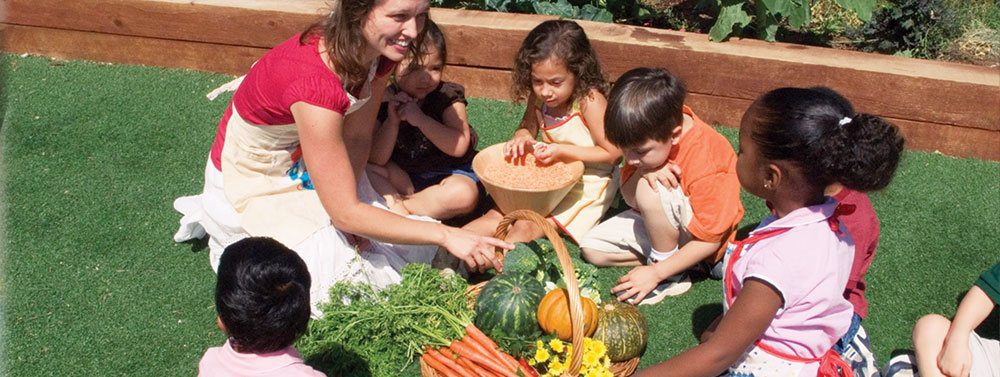
Why does Montessori
put so much
stress on freedom
and independence?
Montessori children are free to move about, working alone or with others at will. They may select any activity and work with it as long as they wish, so long as they do not disturb anyone or damage anything, and as long as they put it back where it belongs when they are finished.
Many exercises, especially at the early childhood level, are designed to draw children’s attention to the sensory properties of objects within their environment: size, shape, color, texture, weight, smell, sound, etc.
They have begun to observe and appreciate their environment. This is a key in helping children discover how to learn.hey have begun to observe and appreciate their environment.
Freedom is a second critical issue as children begin to explore. Our goal is less to teach them facts and concepts, but rather to help them to fall in love with the process of focusing their complete attention on something and mastering its challenge with enthusiasm.
Work assigned by adults rarely results in such enthusiasm and interest as does work that children freely choose for themselves.
The prepared environment of the Montessori class is a learning laboratory in which children are allowed to explore, discover, and select their own work.
The independence that the children gain is not only empowering on a social and emotional basis, but it is also intrinsically involved with helping them become comfortable and confident in their ability to master the environment, ask questions, puzzle out the answer, and learn without needing to be spoon-fed by an adult.
What if a child doesn’t
feel like working?
While Montessori students are allowed considerable latitude to pursue topics that interest them, this freedom is not absolute.
Within every society, there are cultural norms; expectations for what a student should know and be able to do by a certain age.
Experienced Montessori teachers are conscious of these standards and provide as much structure and support as is necessary to ensure that students live up to them.
If for some reason it appears that a child needs time and support until he or she is developmentally ready, Montessori teachers provide it non-judgmentally.
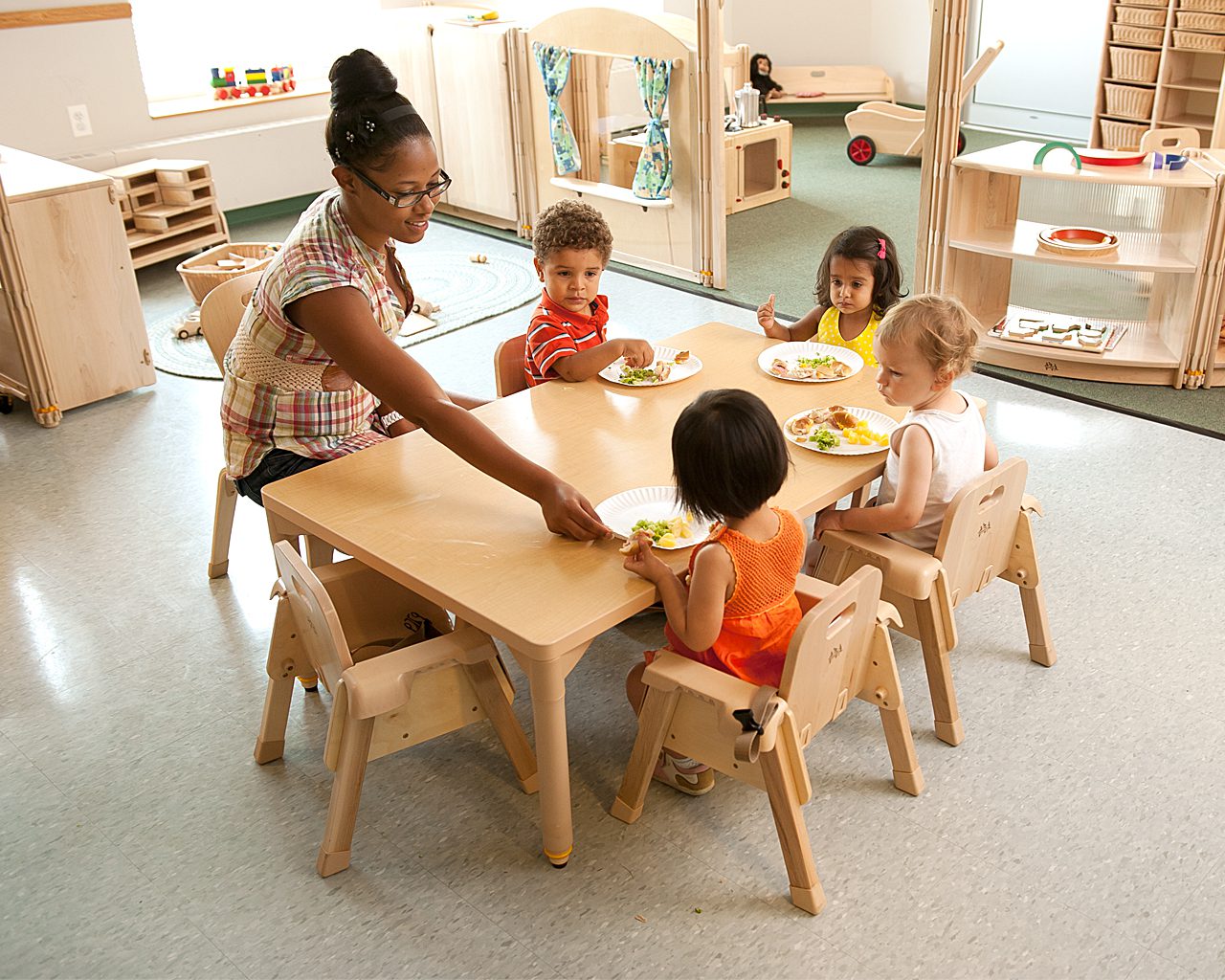
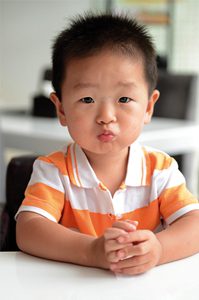
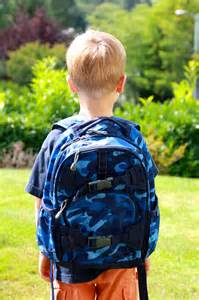
What about children
with special needs?
Every child has areas of special gifts, a unique learning style, and some areas that can be considered special challenges. Each child is unique. Montessori is designed to allow for differences. It allows students to learn at their own pace and is quite flexible in adapting for different learning styles.
In many cases, children with mild physical handicaps or learning disabilities may do very well in a Montessori classroom setting. On the other hand, some children do much better in a smaller, more structured classroom.
Each situation has to be evaluated individually to ensure that the program can successfully meet a given child?s needs and learning style.
Wasn’t Montessori’s
Method first developed
for children with severe
developmental delays?
The Montessori approach evolved over many years as the result of Dr. Montessori?s work with different populations and age groups. One of the earliest groups with which she worked was a population of children who had been placed in a residential-care setting because of severe developmental delays.
The Method is used today with a wide range of children, but it is most commonly found in educational programs designed for the typical range of students found in most classrooms.
Is Montessori effective with
very highly gifted children?
Yes, in general, children who are highly gifted will find Montessori to be both intellectually challenging and flexible enough to respond to them as unique individuals.
Is Montessori Elitist?
Montessori is an educational philosophy and approach that can be found in all sorts of settings, from the most humble to large, well-equipped campuses. In general, Montessori schools consciously strive to create and maintain a diverse student body, welcoming families of every ethnic background and religion, and using scholarships and financial aid to keep their school accessible to deserving families. Montessori is also found in the public sector as magnet public school programs, Head Start centers, and as charter schools.
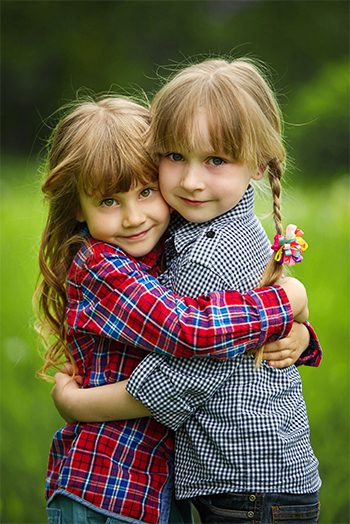
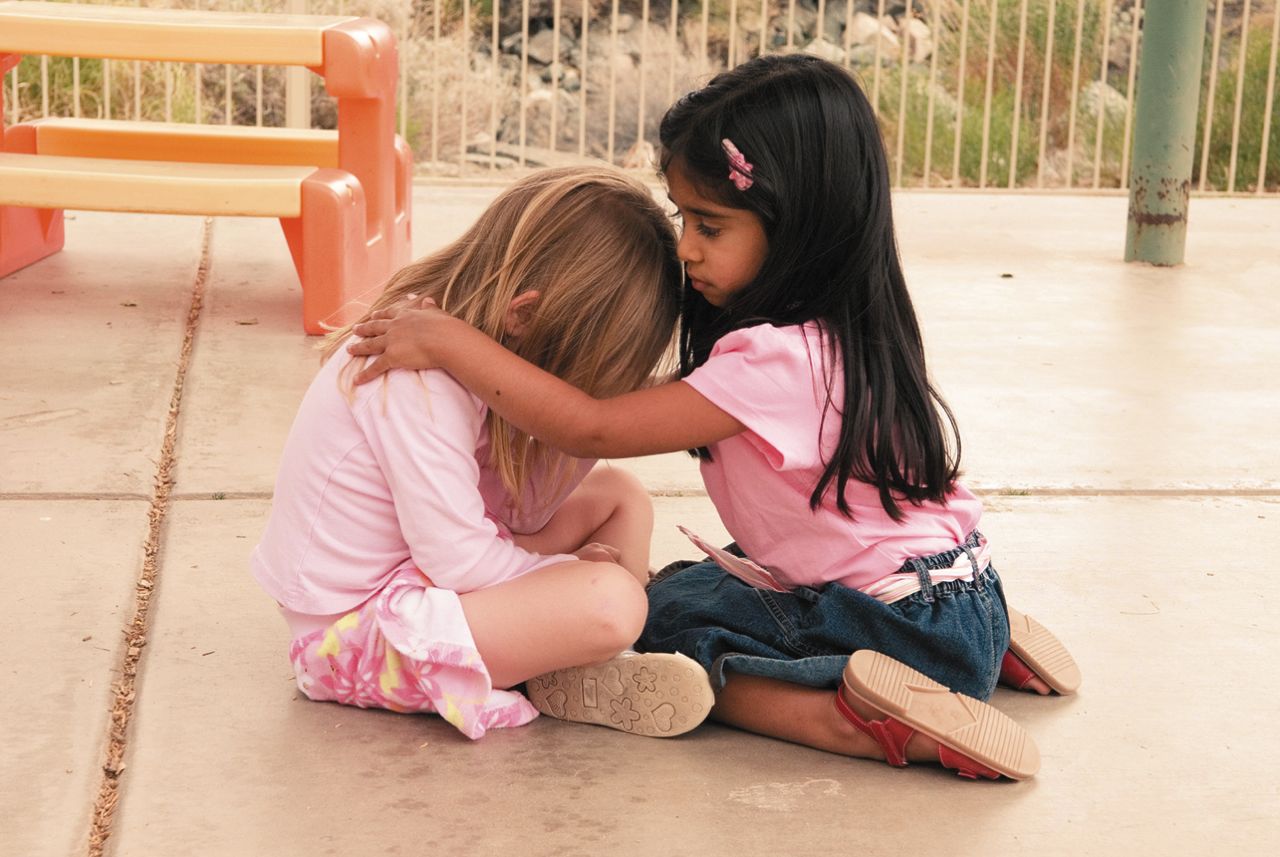
Does Montessori teach religion?
Except for those schools that are associated with a particular religious community, Montessori does not teach religion. Many Montessori schools celebrate holidays, such as Christmas, Hannukah, and Chinese New Year, which are religious in origin, but which can be experienced on a cultural level as special days of family feasting, merriment, and wonder.
Read More
On the other hand, one of our fundamental aims is the inspiration of the child?s heart. While Montessori does not teach religion, we do present the great moral and spiritual themes, such as love, kindness, joy, and confidence in the fundamental goodness of life in simple ways that encourage the child to begin the journey toward being fully alive and fully human. Everything is intended to nurture within the child a sense of joy and appreciation of life.
